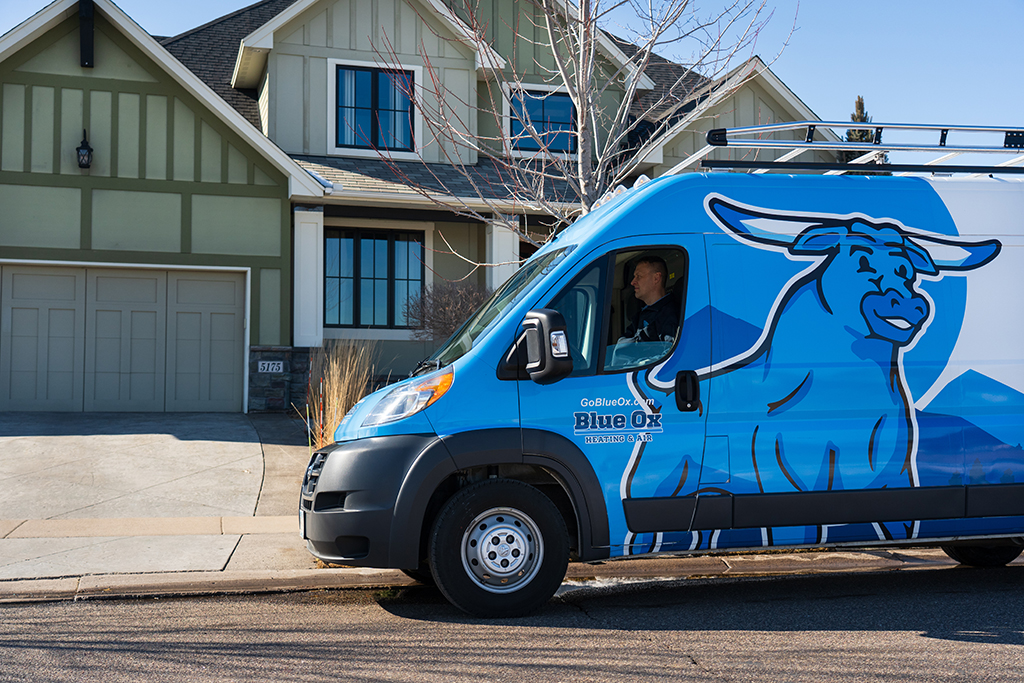You know that feeling when you walk by a window or door in your home and a blast of air causes you to shiver. A draft can be such an unpleasant feeling, especially during one of Minneapolis-St. Paul’s cold winters. You turn up the thermostat on your heater, but it still doesn’t make your home toasty warm because of that dreadful draft. You must get to the root of the problem.
What Causes Drafts?
The short answer is not enough quality insulation. The heat in your home leaks through cracks in the house or around windows and doors as cold air finds its way inside. Cold and warm air have different pressures, which creates the effect of suction, pulling the warm air out. The cold air is pushed inside.
It doesn’t take much space for the heat to seep out and the cold air to come in. Tiny cracks around window frames can provide enough room for air to move through. Both the door and doorways can allow air to come in as well. Since wood shrinks as it ages, especially with the changes in temperature, any open space will gradually increase. A simple test for doors and windows is to shut them on a dollar bill. If you can still pull the dollar bill out, it means the window or door isn’t tight enough.
Your outlets are another area where cold air can come in. They may be loose or just not fit correctly up against the wall. You can put your hand in front of the outlets or other areas where openings may occur and notice if you feel cold air.
Other areas to pay attention to include the following:
- Baseboards
- Attic hatches
- Vents and fans
- Satellite and cable TV lines
- Attic hatches
- Window air conditioners
- Fireplace dampers
- Switch plates
How to Stop Drafts
Once you have identified where the warm air is escaping and the cold air is coming in, the next step is to stop the problem. A quick solution is to buy heavy curtains for the windows. That will help keep the warm air inside and increase the temperature without raising the thermostat.
Caulking and weather-stripping around windows and doors will also help prevent the heat from leaving and cold air from coming in. Don’t forget to have your insulation checked to make sure it has the correct rating and that there is enough to protect your home. While this step requires more work and comes with a cost, it can save money over time by keeping your home warmer.
Using caulk is great on small leaks, but you may need spray foam if the crack is at least a quarter of an inch up to three inches. While it is quick to dry and waterproof, spray foam is more complicated to apply.
A draft stopper or draft guard is the ideal solution for under doors, but you’ll need to make sure it’s big enough to cover the entire area. If the space between the bottom of the door and the floor is significant, you may just want to replace the door.
Get a Professional Inspection
If you’ve performed a visual inspection and found some leaks but it didn’t take care of the problem, you may need to hire a technician for an energy audit. They may do a blower door test, which depressurizes the building to locate leaks. An energy assessment will tell you where in your home you need to add more insulation.
If you weather-proof your home and stop the drafts and still notice that your home isn’t as warm as it should be, you may need to have your furnace checked out. Blue Ox Heating and Air can perform a check on your heating your system.


